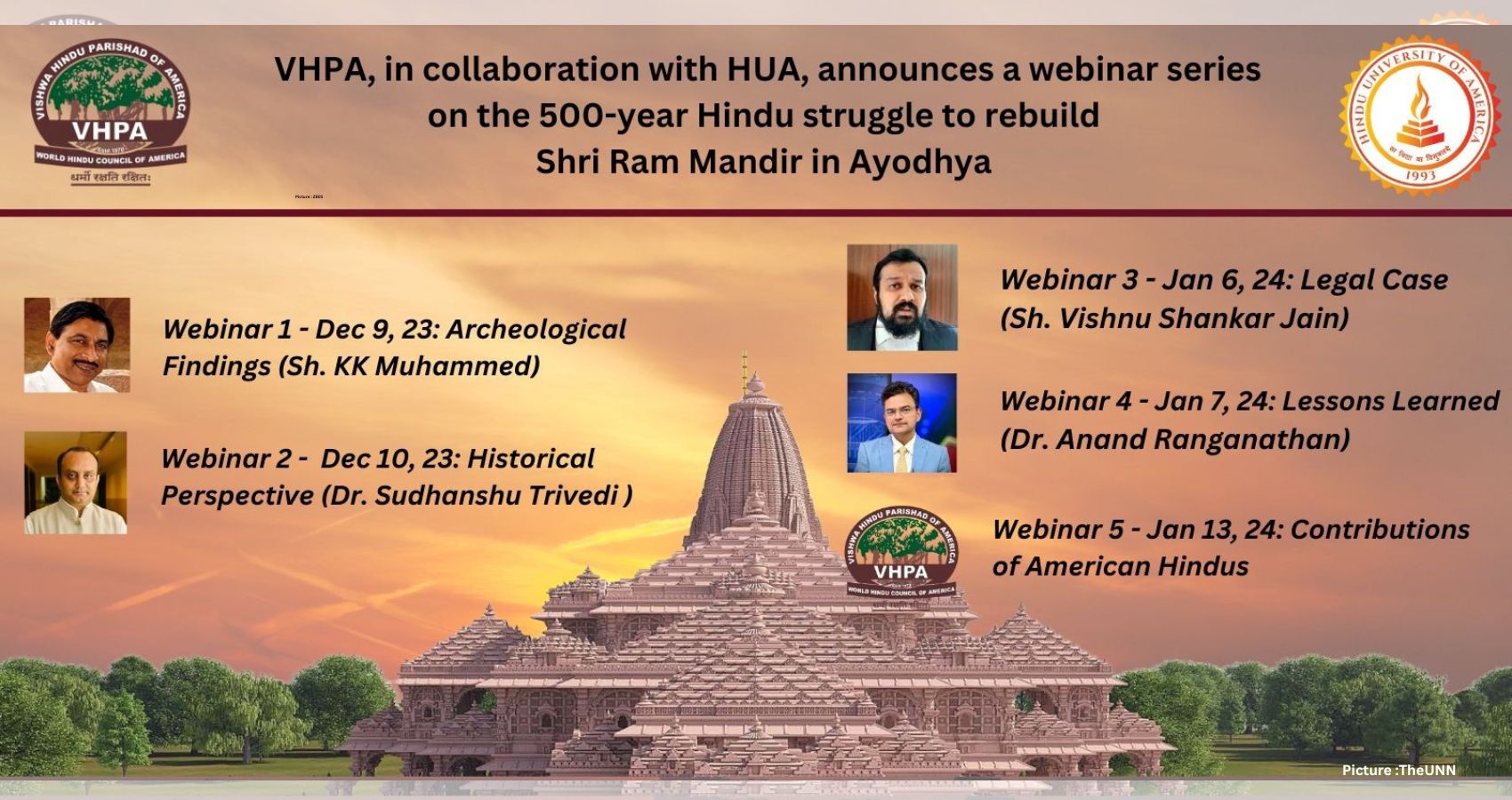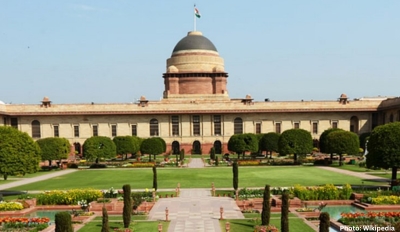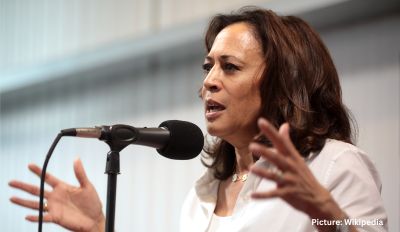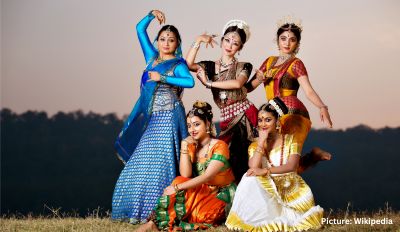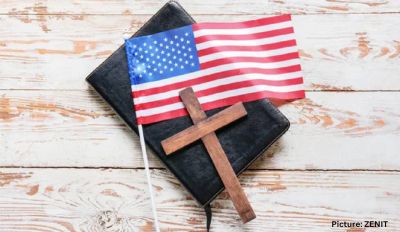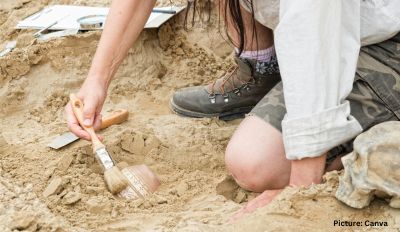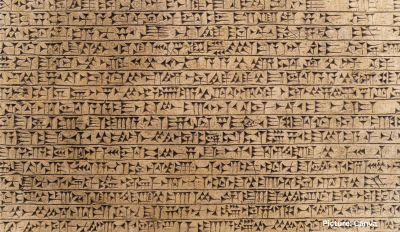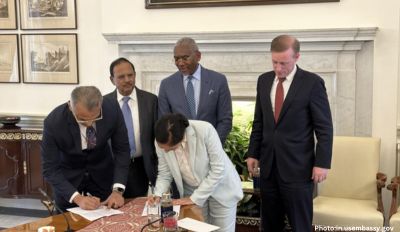The Vishwa Hindu Parishad of America (VHPA) held the first webinar of the five-part series focused on the Ayodhya Ram Mandir in association with the Hindu University of America (HUA) on December 9th, 2023.
Padma Shri K.K. Muhammed, a distinguished speaker, provided an informative talk about the excavation history of numerous sites, including the old Babri Masjid, where Islamic structures were constructed atop the foundations of Hindu temples.
KK Muhammed, former Director (North), Archaeological Survey of India (ASI) was part of the first excavation that was conducted in the year 1976-77 under BB Lal, former director-general of ASI. Muhammed, who was the only Muslim in the team, claims that there is clear evidence that a grand temple stood at the site.
Subsequently, a second excavation was conducted in 2003 as per the directions of the Lucknow bench of the Allahabad High Court. By this time, the mosque had been destroyed and so a ground-penetrating radar (GPR) survey could be conducted. All the archaeological discoveries were also videographed and corroborated to the previous findings that indicated a temple. Muhammed maintains that there is enough archaeological proof of a grand temple below the Babri Mosque.
Muhammed briefed the audience on the artifacts found by his team during his excavation. The audience greatly admired his principled stance in standing by Dr. B. Lal’s work and the excavation team he was a part of in the face of vicious attacks from special interests like Irfan Habib and his colleagues.
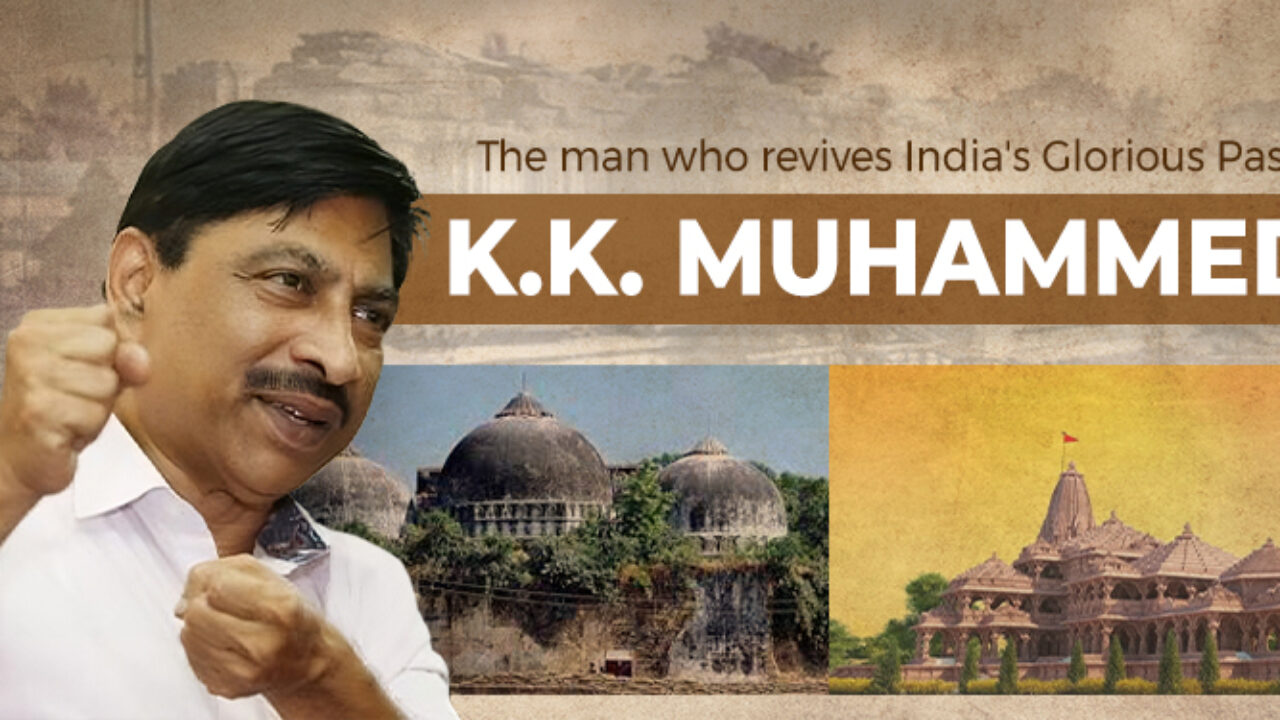 The community memebrs in the audience was pleasantly surprised by the amount of knowledge Muhammed displayed about Hindu traditions, including his flawless recitation of many Sanskrit shlokas from the scriptures.
The community memebrs in the audience was pleasantly surprised by the amount of knowledge Muhammed displayed about Hindu traditions, including his flawless recitation of many Sanskrit shlokas from the scriptures.
K K Muhammed had for the first time acknowledged in 1990 through a newspaper article that he had witnessed the remains of a Ram temple under the mosqu. He was awarded the Padma Shri in 2019 after the Bharatiya Janata Party (BJP) returned to power at the Centre for a second consecutive term.
The excavation of the Kesariya stupa in Bihar, the Ibadat khana and Christian Chapel in Fatehpur Sikri, and St. Augustin Church in Goa were all undertaken by Muhammed, who retired as regional director from the Archaeological Survey of India. During his career, he has faced many difficult conversations across the nation, frequently enlisting the aid of dacoits in the Chambal valley and the Naxal groups of Chhattisgarh. Several international, national, and state awards have been bestowed upon him in recognition of his exceptional contributions to conservation.
In an earlier posting, KK Muhammed had referred to the following as the proof that he had presented about the existence of not just a temple but one that was dedicated to Lord Vishnu:
Pillars, Base and Kalash
“When we went inside, I saw 12 pillars of the mosque which were made from temple remains. In almost all the temples of the 12th and 13th centuries, you get ‘Purna Kalasha’ at the base. It is the structure of a ‘ghada‘ (water pitcher) from which foliage would be coming out. It is the symbol of prosperity in Hinduism and is known as ‘Asht-Mangala Chinha‘ – one of the eight auspicious symbols.”
“When you go inside, you can see a number of ‘Purna Kalash As‘ and a number of gods and goddesses. Similar things were there in Babri mosque also. There were no gods and goddesses but ‘Ashtamangala Chinha‘ were there. So, on the basis of these, any archaeologist would say that these are temple remains. Subsequently, BB Lal undertook excavations on the western side of the mosque. The pillar bases were also excavated.”
Terracotta Sculptures
“A number of terracotta sculptures were found. If it is a mosque, you will never get the depiction of human beings or animals because it is ‘haraam’ (forbidden or proscribed) in Islam. This means there was a temple. But these findings were not highlighted by BB Lal because our excavation purpose was not to establish whether there was a temple or not. We just wanted to see the cultural sequence of the place.”
Second Excavation
More Pillars Discovered
“In the second excavation, more than 50 pillar bases in 17 rows were exposed. It means that the structure was imposing and large. The structure discovered was a temple below the Babri Mosque and dated back to the 12th century AD.”
Temple ‘Pranala’
“They also got the temple ‘pranali‘. We have to bathe the deity and the ‘abhishek jal‘ flows through ‘pranali‘. The pranali is mostly ‘makara pranali‘, having a crocodile face. Crocodile is a symbol of river Ganga. In some of the temples, before reaching the ‘garbha griha‘ (sanctum sanctorum), on the one side, there would be a lady standing on crocodile and on the other side there would be a lady standing on a tortoise. This means that you are taking a symbolic bath in rivers Ganga, Yamuna and the underground Saraswati. After cleansing yourself of all the previous sins, you are going to the main God. This ‘makara pranali‘ was excavated.”
Temple ‘Kalasha’, Amalkam Grivaha and Shikhara
“Also, on top of the temple just below the ‘kalasha‘, there is another architectural member known as ‘amalka‘. It was also excavated. Below the ‘amalka‘ there is the ‘grivah‘ and also the ‘shikhara’ portion of the temple in North India. Many architectural members of the ‘shikhara‘ were also excavated from there by the team.”
More Terracotta Objects
“Besides, 263 pieces of terracotta objects of various gods and goddesses, human figures and female figures were excavated from there. Had it been a mosque, how could you get these terracotta objects of various living beings? Depiction of any living being is prohibited in Islam. Then how could you get sculptures of living beings had it been a mosque? So, it was not a mosque.”
‘Vishnu Hari Sheela Phalak’ inscription
“Apart from all these things, a ‘Vishnu Hari Sheela Phalak’ inscription was also found in two pieces from the site. Of course, they were not part of the excavations but were found after the demolition of the mosque. But they form a piece of important circumstantial evidence which clearly says the temple has been dedicated to that incarnation of Lord Vishnu who had killed Bali and a 10-headed person.”
In an upcoming webinar, Dr. Sudhanshu Trivedi, an Indian lawmaker, will provide a historical perspective, beginning with Babur’s 16th-century destruction of the Ram Mandir and continuing up to the current day.

